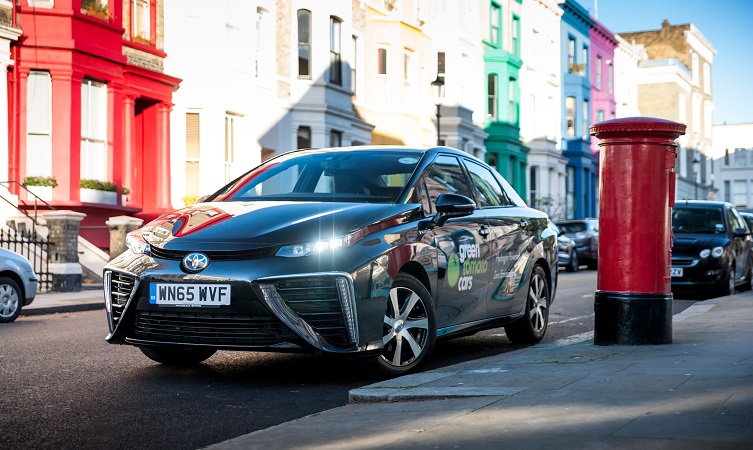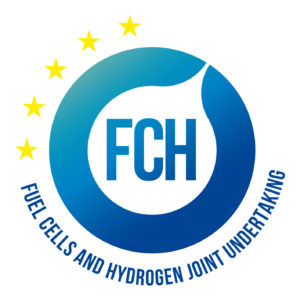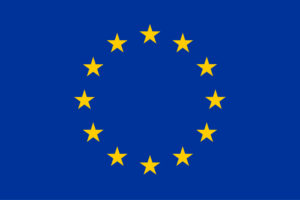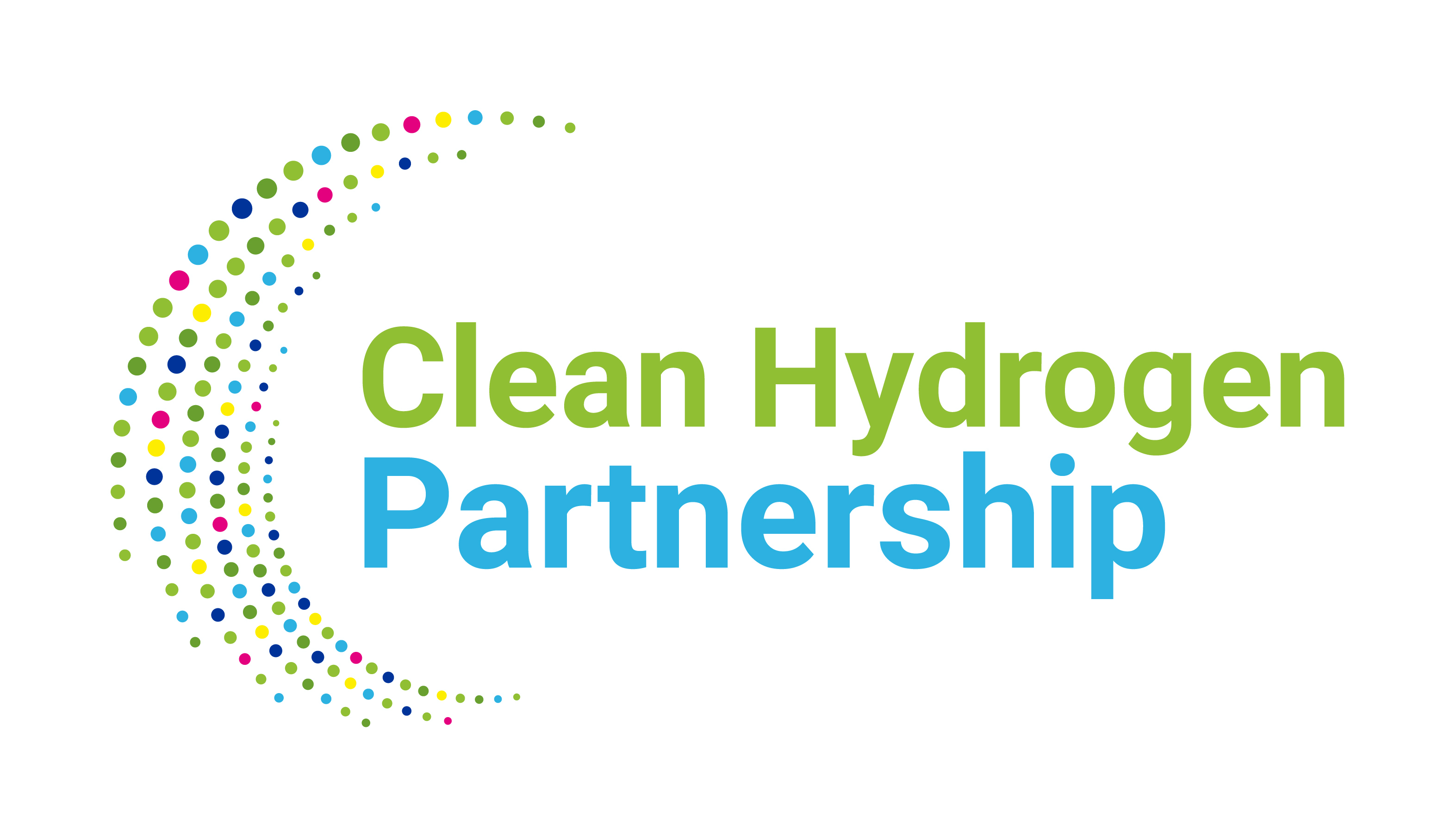
Toyota Mirai: the million-mile fleet
A fleet of 27 hydrogen fuel cell Toyota Mirai cars operated by Green Tomato Cars has driven a milestone one million zero-emission miles in and around London. Each Mirai has saved the equivalent of 7.6 tonnes of CO2 over this distance and emitted zero NOx emissions. This contrasts with average new car UK emissions of 120.1g/Km.
Learn more: Toyota Mirai – hydrating the city

This UK first has largely been achieved in the 18 months since the private hire company took on 25 Mirai after starting a trial with two cars in 2015. Building on this success, Green Tomato Cars has added a further 25 Mirai to its fleet this month, giving it the largest zero-emission passenger fleet in the UK.
The Mirai is the flagship of the company’s Zero Emission Executive service, serving 2,000 corporate clients. Green Tomato Cars was the first company of its kind in Europe to take on hydrogen fuel cell cars and has carried 80,000 passengers in Toyota’s ground-breaking fuel cell EV. Each car drives an average of 120 miles per day, with average fare-paying journeys of eight to ten miles.

Jonny Goldstone, founder and CEO of Green Tomato Cars, said: “We’ve been really impressed by the performance of our Mirai fleet and are very proud to have clocked up the magic one million zero-emission miles in these unique cars. Our passengers love them because it means they can travel as responsibly as possible, and so do our drivers. Running costs are comparable with a Prius and re-fuelling takes the same time as a conventional petrol car. We’re rolling out the next 25 Mirai on to our fleet right now and hopefully there will be still more to come.”
Learn more: How does the Toyota Mirai hydrogen fuel cell vehicle work?
There are currently 137 Toyota Mirai on the road in the UK and combined they will soon break the two-million-mile mark, which will save approximately 412 tons of CO2, emitting only harmless pure water.
Currently, there are eleven hydrogen fuelling stations in the UK, where hydrogen is produced on-site by electrolysis from water. ITM Power, the largest operator of these, will be opening a new station at Gatwick shortly.

The Mirai has proved particularly attractive to business leaders wanting to do their part in starting an energy revolution to protect the environment. In addition to Green Tomato Cars, the Metropolitan Police has 21 cars, which have covered over a quarter of a million miles, and in Aberdeen there are 32 Mirai operated by users including the County and City Councils and the Co-Wheels Car Club. The innovative fuel cell cars have also been taken on by educational establishments such as University College London and Imperial College, by museums, including the Natural History Museum and Science Museum, and by organisations such as Transport for London and JCB.

Toyota has just announced the reveal of the next-generation Mirai concept (above) at the Tokyo Motor Show next week. The new Mirai will be introduced towards the end of 2020, benefiting from a dramatic redesign, a Toyota New Global Architecture platform and improvements to its fuel cell system to achieve better dynamic performance and an even greater driving range.
Notes to editors:
* About FCEVs
FCEV stands for Fuel Cell Electric Vehicle. FCEVs are a type of vehicle that uses compressed hydrogen gas as a fuel to generate electric power via a highly efficient energy converter, a fuel cell. The fuel cell transforms the hydrogen directly into electricity to power an electric drive-train. FCEVs have many distinguishing attributes including rapid refuelling, typically 3 minutes, long range, typically 300-400 miles, and zero harmful tail pipe emissions, with water vapour being their only by-product. Further information about FCEVs can be found on the H2ME website.
**About ZEFER
This €26 million demonstration project is co-funded with €5 million from the Fuel Cells and Hydrogen Joint Undertaking (FCH JU), a public-private partnership supporting fuel cell and hydrogen energy technologies in Europe. The ZEFER project will demonstrate viable business cases for captive fleets of FCEVs in operations which can realise value from hydrogen vehicles. ZEFER will deploy 180 FCEVs in Paris, Brussels and London. One hundred seventy FCEVs will be operated as taxi or private-hire vehicles, and the remaining 10 will be used by the police.
***About the FCH JU
The Fuel Cells and Hydrogen Joint Undertaking is a unique public-private partnership supporting research, technological development and demonstration activities in fuel cell and hydrogen energy technologies in Europe. Its aim is to accelerate the market introduction of these technologies, realising their potential as an instrument in achieving a carbon-lean energy system.
The three members of the FCH JU are the European commission; the fuel cell and hydrogen industries, represented by Hydrogen Europe; and the research community, represented by research grouping Hydrogen Europe Research.


This project has received funding from the Fuel Cells and Hydrogen 2 Joint Undertaking under grant agreement n.779538. This Joint Undertaking receives support from the European Union’s Horizon 2020 research and innovation programme and Hydrogen Europe and Hydrogen Europe Research.














